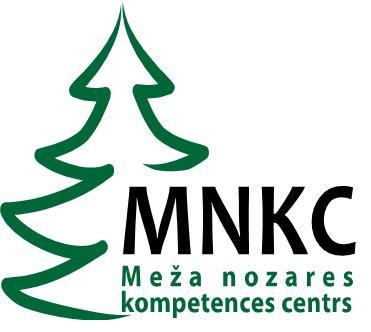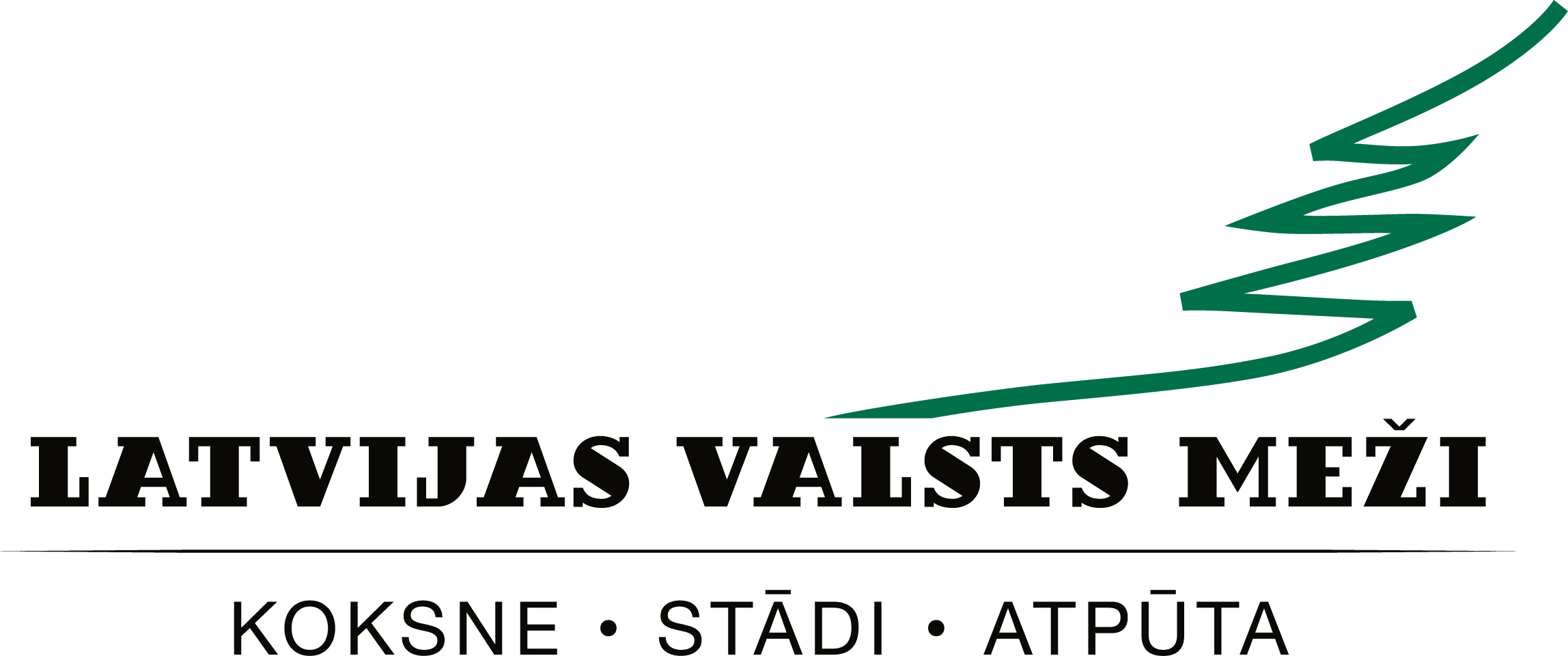



Stand productivity can be increased by 15–25% trough generatively propagated (seed plantation progeny) forest reproductive material and even more if vegetative propagated material are used. However, it is expected that the tree breeding programs without already studied parameters such as productivity and quality, it will also have to ensure the resilience to various effects of the risks associated to predicted climate changes. This is particularly important for tree species in eutrophic forest types, where the creation of productive forest stands in a short time period can be achieved only by planting, for example Norway spruce. In Latvia, approximately 90% of the area of young spruce stands in such forest types is restored by planting (SFS data, 2016–2018), and most of the planting material (about 70%) is obtained from seed orchard seeds. Such stands are highly productive (Lībiete et al. 2019), but at the same time also sensitive to external environmental factors, such as drought during the growing season, pathogens and dendrophagic insects, wind, etc. (Jansons et al. 2019). An analysis of the literature and previous research in Latvia shows that resistance to certain factors can be increased with forest tree breeding. However, such assessment of resistance can be very labour and time consuming, and therefore expensive, because: a) the area of progeny testing is significant (around 800 ha in total) and b) the assessment of individual traits requires regular, relatively frequent repeated measurements. Therefore, the aim to develop the technology for early diagnostics of genetically determined variation of resilience-related trait within tree breeding stands using remote sensing methods.